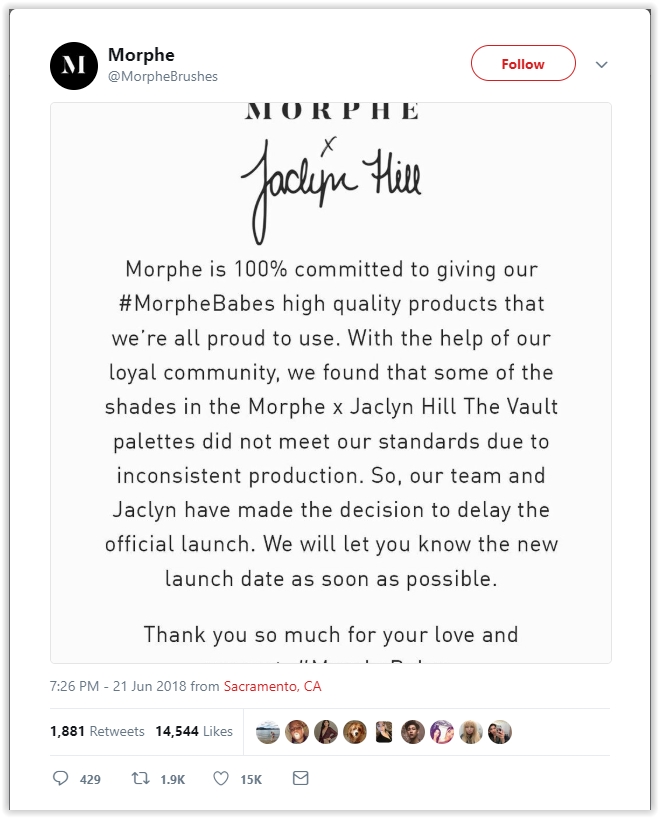As we live and work in an era of unprecedented global transparency and digital experience-sharing, feedback has never been more business-critical than today. Feedback, both negative and positive, is constantly being shared about companies, products, and experiences. This is referred to as the feedback economy, and as it has grown, it has become the cornerstone of company growth initiative.
The feedback economy has changed the way customers make decisions and their expectations are at an all-time high. While gaining customer feedback as become a no-brainer for most companies, analyzing and utilizing that feedback is not so simple.
The Top Ways to Gather Customer Feedback
Live Chat
One of the best features an eCommerce website can have is live chat. This option allows companies to get closer to their customers by being able to immediately address needs or challenges. Companies can easily identify patterns of any recurring issues, speeding up the process of finding long-term solutions for those issues. There are a number of services that introduce live chats on any website, such as Zopim. You can make the live chat proactive by making it appear on users’ screens whenever they have been a page for a specified amount of time. This increases the efficiency of the feature and the chances of it getting used.
As with all forms of feedback, the quality of company response plays the biggest role in getting real results. Having employees constantly monitoring the chat is important, ensuring all customers’ questions or concerns are addressed promptly and legitimately. To go even further, you can get feedback on the live chat session. A short survey can be sent to the user, asking whether or not their experience was helpful. This can help companies immediately identify the effectiveness of the chat and chat-support personnel.
Form-Based Surveys
Surveys are the most basic and common way to gain customer feedback, but there are many opportunities for error when using this method. It’s common for companies to get carried away with too many questions, trying to get as much detailed feedback as possible. QuickTapSurvey discovered that the number of questions and time spent answering questions is not a linear connection. The more questions a survey has, the less time respondents spend on each question. Meaning that the more questions a survey has, the less accurate and reliable the responses will be. There is no ideal survey length, but from what research has gathered, the shorter the better. A good strategy is to make sure that every question has a clear purpose and will fulfill end goals.
It’s also important to include open-ended questions. While multiple choice questions are quicker for customers to answer, the answer choices are based on company assumptions. Open-ended questions give the customer the opportunity to give their unique and long-tailed opinion. These types of surveys should only be sent to engaged users that will take the time to provide the feedback.
Consistently Monitor Social Channels
Social media platforms such as Facebook, Twitter, and LinkedIn have become an invaluable resource for customer feedback. Similar to live chat, there are a variety of tools available to help companies gather conversations that take place on social media about a brand, and even monitor social presence of companies and their competitors. Social listening is a great way to get closer to customers, improve user experience, and quickly respond to comments or issues. Just as with live chat, time is crucial when it comes to handling questions, complaints, or any kind of negative feedback, as it can spread quickly. Social listening requires resources dedicated to monitoring and responding to feedback, as some companies even turn to third-parties. Feedback monitoring should go even further than just on social media, as there are a number of review-based apps and sites that are valuable as well.
On-Site Comment/Suggestion Boards
Suggestion boards take gathering feedback further by allowing users to not only collaborate ideas with the company, but with other users as well. Depending on the type of board used, posts can be upvoted or commented on by other users. This can help companies discover what needs or opinions are most popular among their customers. Simplicity and ease of navigation is important. Users should be able to post and comment without any difficulties. Creating categories, allowing users to view the most popular posts, and making it searchable are all ways to increase efficiency and effectiveness. To get started, invite the most engage users to leave ideas, those that know the brand best and can leave legitimate improvement suggestions. After there is a strong base board, other users can be invited to start upvoting, commenting, or leaving ideas of their own. Real results take time, as feedback isn’t accumulated immediately.
Using Customer Feedback
Product Improvement
Being able to identify product improvement areas is one of the best things a company can get out of customer feedback. More often than not, loyal and engaged users have developed an expertise of products and their features, maybe even more than employees. No matter how hard brands try to put themselves in their customer’s shoes, users will still have a different perspective and different ideas that wouldn’t have been thought of. It can save time and resources following user advice. Not only will customers appreciate that they’re being listened to, it can set companies apart from the competition as a business that genuinely cares and implements customers’ valid ideas.
Prevent Customer Churn
Negative feedback shouldn’t be swept under the rug or kept silent. This is crucial to improve customer service and experience. Ignoring negative feedback has compounding effects. A customer who has taken the time to contact you about a problem is much more likely to spread that information to others, especially if they were just ignored. Failure and negative feedback is actually an opportunity to foster a stronger and long-term relationship with that customer. Understanding these customers’ problems and ensuring future satisfaction is important. Keeping a consistent two-way conversation open goes a long way, by building trust and showing you care. Responding to negative feedback increases the chances of keeping an existing customer, which is cheaper for companies in the long run, and looks better all around.
Empower Employees
Customer feedback can be used as a driver to motivate employees. If there has been consistent positive feedback about one feature in particular, share that with whoever is responsible and the team as a whole. It’s a good strategy for encouraging healthy competition among staff. Similarly if there is any consistent negative feedback about one specific feature, pass it on to those responsible. They should communicate with the dissatisfied customer directly. It can make employees feel more in charge and encourage them to take ownership of products or features. Sharing interesting feedback can help teams start deeper conversations about products and come up with new improvements and ideas.
Identify Potential Advocates
Consistently gathering customer feedback can help quickly identify those that are most satisfied and the most loyal. The next step is to develop those customers into valuable advocates. Get them sufficiently educated and excited about products so they can accurately share and recommend them. Advocates don’t need monetary rewards to be motivated. Give them shout-outs on social media, send them exclusive information, deals, or even hand written notes. New customers often trust other customers more than companies themselves. It’s a good sign if more than just the company is boasting about how great their products are.
Final Thoughts
Creating a product and marketing it well is only half the job. The feedback economy is growing, companies can take advantage of it by having a lasting commitment to gathering, analyzing, and sharing feedback to anyone that plays a vital role in product and business development. Customer feedback is becoming more and more essential for growth and mastering customer experience. A company that falters in listening to customer feedback is a company that will most likely falter in all other areas.
More From Onimod Global
For more digital marketing tips, updates, and the latest news, check out our blog page here, or learn more about Onimod Global here.



